Malaysia is home to some of the most stunning landscapes in Southeast Asia, with a rich diversity of ecosystems that range from dense rainforests and majestic mountains to coastal mangroves and pristine islands. The country’s national parks are vital to the conservation of these diverse environments and offer incredible opportunities for adventure, relaxation, and discovery. Whether you’re an avid nature enthusiast, a wildlife photographer, or simply seeking a tranquil escape, Malaysia’s national parks provide an awe-inspiring experience that immerses you in the beauty of nature.
In this guide, we’ll explore some of Malaysia’s best national parks, where you can witness remarkable biodiversity, hike through lush jungles, and explore natural wonders that define the country’s wild landscapes.
1. Taman Negara National Park (Pahang, Kelantan, Terengganu)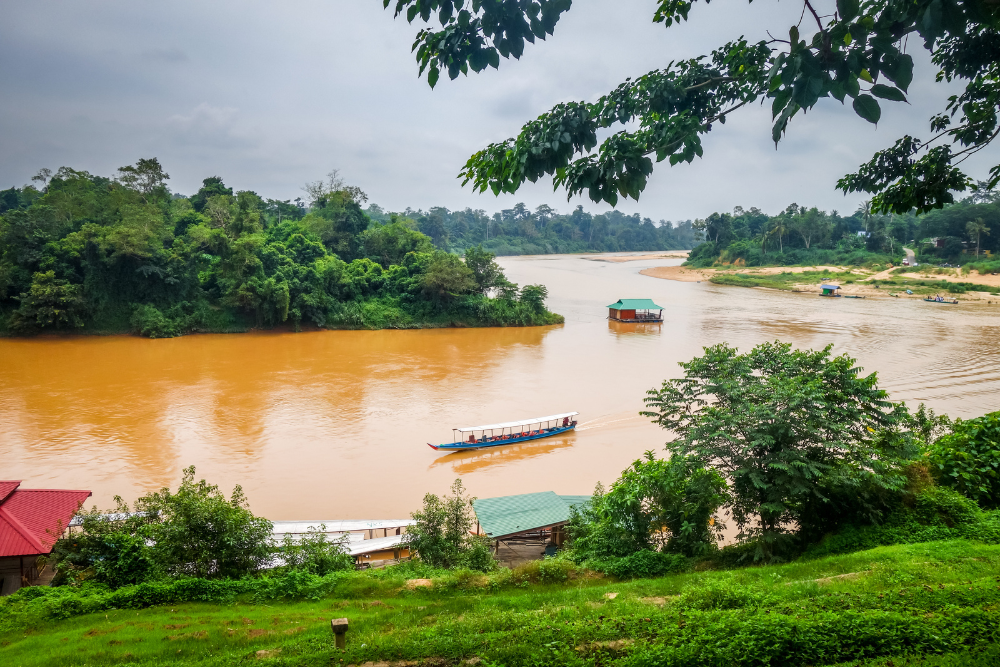
Why Visit: As one of the oldest rainforests in the world, Taman Negara offers a truly unique experience that takes you back in time to a pristine natural environment that has evolved over millions of years. Spanning over 4,300 square kilometers, this sprawling national park is a treasure trove of biodiversity and a haven for adventure seekers.
Things to Do:
- Canopy Walk: One of the highlights of Taman Negara is the famous canopy walk, where visitors can walk high above the forest floor and enjoy a bird’s-eye view of the towering trees and rich rainforest below.
- Jungle Trekking: Several trekking routes allow you to explore the heart of the rainforest, from short hikes to multi-day expeditions, offering encounters with exotic wildlife, such as Malayan tigers, elephants, and a variety of bird species.
- River Cruises: Take a tranquil boat ride along the Tembeling River, where you can spot wildlife along the riverbanks and relax in the peaceful surroundings.
- Cave Exploration: Explore the dark, mysterious caves of Taman Negara, such as the Gua Telinga, where you can admire the stalactites and stalagmites formations that have taken centuries to develop.
Best For: Eco-tourism, adventure, wildlife spotting, and nature photography.
2. Kinabalu Park (Sabah)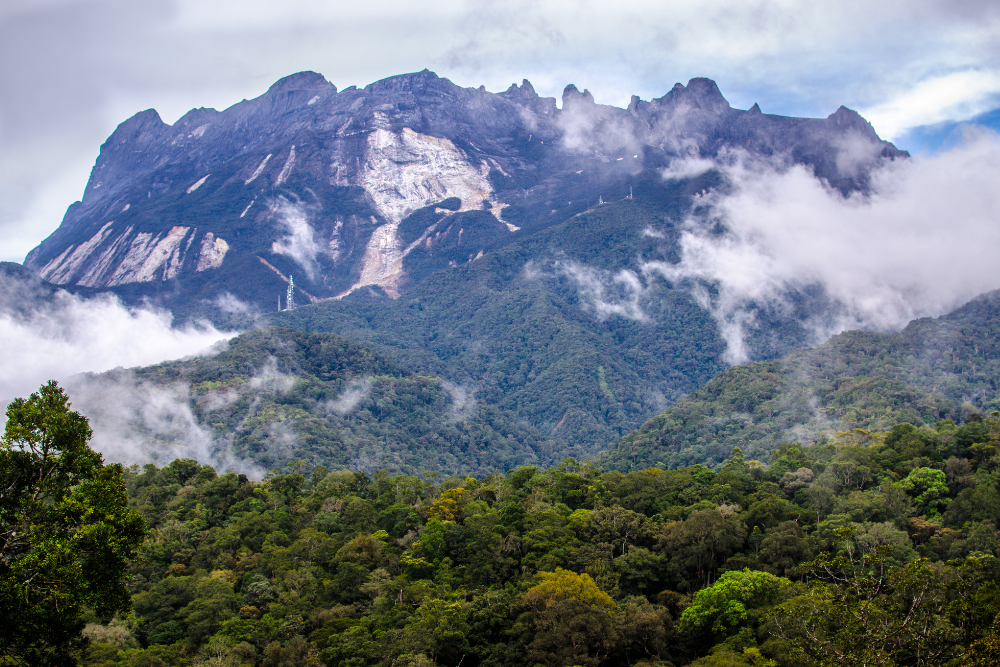
Why Visit: A UNESCO World Heritage site, Kinabalu Park is home to Mount Kinabalu, the highest peak in Southeast Asia, rising 4,095 meters above sea level. This national park is known for its spectacular mountain landscapes, diverse flora and fauna, and the rich cultural heritage of the indigenous communities who live nearby.
Things to Do:
- Climbing Mount Kinabalu: For the adventurous, summiting Mount Kinabalu is a once-in-a-lifetime challenge that rewards climbers with panoramic views of the surrounding forests and valleys. The climb is a demanding but achievable journey, and reaching the summit is an unforgettable achievement.
- Nature Trails: Explore a network of trails through the park, where you can experience the diverse ecosystems, from tropical rainforests to alpine meadows. Look out for rare species of plants, such as the Rafflesia arnoldii, the world’s largest flower, and the Nepenthes (pitcher plant).
- Hot Springs and Spas: After a hike, relax at the nearby Poring Hot Springs, known for its rejuvenating sulfuric waters that are believed to have healing properties.
Best For: Hiking, mountaineering, botanical gardens, and birdwatching.
3. Bako National Park (Sarawak)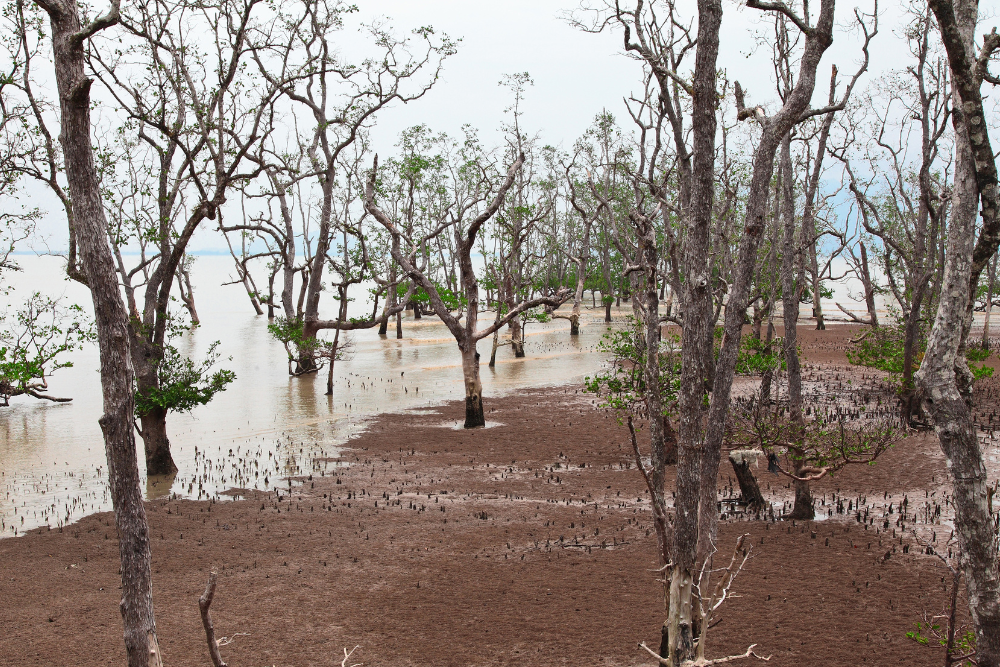
Why Visit: Located in Sarawak on the island of Borneo, Bako National Park is one of the oldest and most accessible parks in Malaysia. The park is renowned for its dramatic landscapes, from dense mangrove forests and towering cliffs to pristine beaches. The diversity of ecosystems within the park is a major draw for nature lovers and wildlife enthusiasts.
Things to Do:
- Hiking Trails: The park offers a variety of well-marked trails, including the Teluk Pandan Kecil, which leads to a secluded beach, and the Serutup Hill trail that offers stunning panoramic views of the surrounding coastline.
- Wildlife Watching: Bako is famous for its diverse wildlife, including the proboscis monkey, an endemic species known for its long nose, as well as macaques, wild boars, and over 150 species of birds.
- Beach Relaxation: After a hike, unwind at one of the park’s beautiful beaches, such as Teluk Assam, which is perfect for a peaceful picnic or a swim.
Best For: Wildlife spotting, coastal landscapes, and short hiking trips.
4. Gunung Mulu National Park (Sarawak)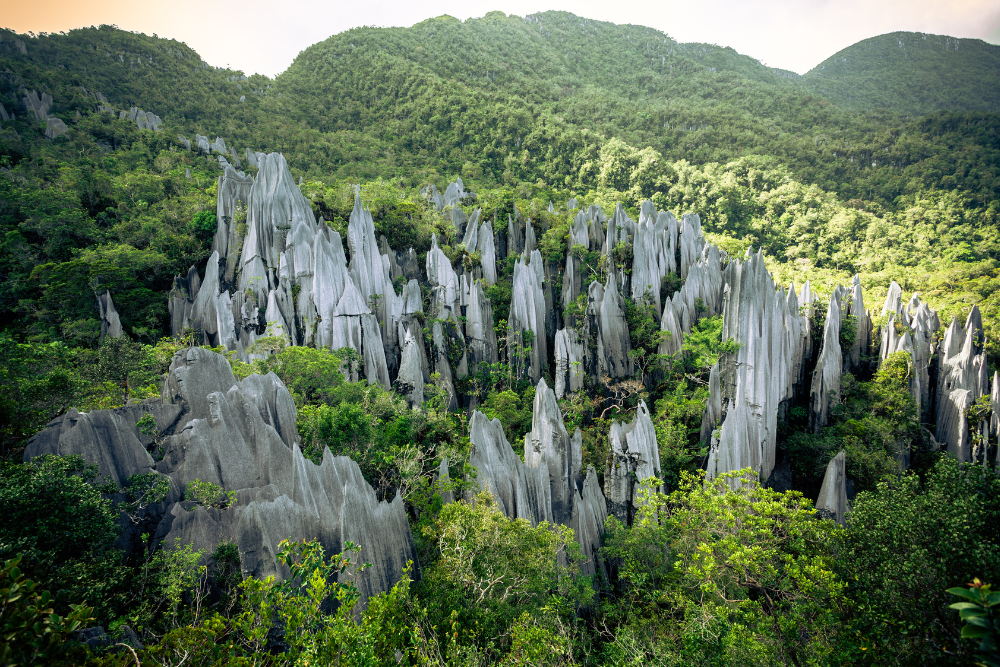
Why Visit: Another UNESCO World Heritage site, Gunung Mulu National Park is famous for its extraordinary limestone karst formations, extensive cave systems, and rich biodiversity. The park, located in the heart of Borneo, is one of the most visited natural sites in Malaysia.
Things to Do:
- Cave Exploration: Gunung Mulu is home to some of the world’s largest and most impressive cave systems, including the Deer Cave, which is famous for its massive entrance and resident bat population. Visitors can also explore the Clearwater Cave and Wind Cave.
- The Pinnacles: For seasoned hikers, the trek to the Pinnacles is a must. These jagged limestone spires rise dramatically from the jungle and offer incredible views of the park’s landscape.
- Canopy Walk: Experience the jungle from above by walking along the Mulu Skywalk, a suspended canopy walk that offers an incredible perspective of the rainforest.
Best For: Caving, geological formations, and challenging treks.
5. Endau-Rompin National Park (Johor, Pahang)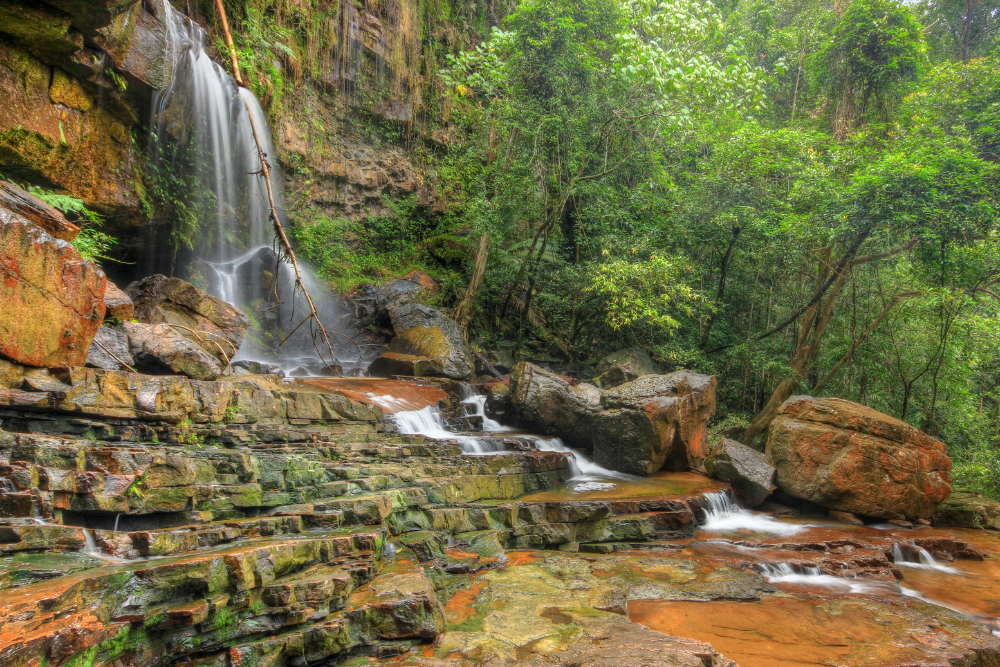
Why Visit: A hidden gem in southern Peninsular Malaysia, Endau-Rompin is a vast forest reserve that spans two states: Johor and Pahang. The park is home to several rare species of flora and fauna and is one of the best places in Malaysia for ecotourism and nature exploration.
Things to Do:
- Waterfalls: Endau-Rompin is famous for its picturesque waterfalls, including Selai Waterfall and Lemanak Waterfall, where visitors can enjoy refreshing swims and scenic picnics.
- Jungle Trekking: The park offers several trails, ranging from easy to challenging, through dense rainforest, where you can spot exotic birds, monkeys, and unique plants.
- Wildlife Viewing: Endau-Rompin is home to a range of wildlife, including the Malayan tiger, elephants, and Sunda pangolin, as well as a wealth of bird species.
Best For: Waterfall trekking, wildlife viewing, and ecotourism.
6. Tunku Abdul Rahman National Park (Sabah)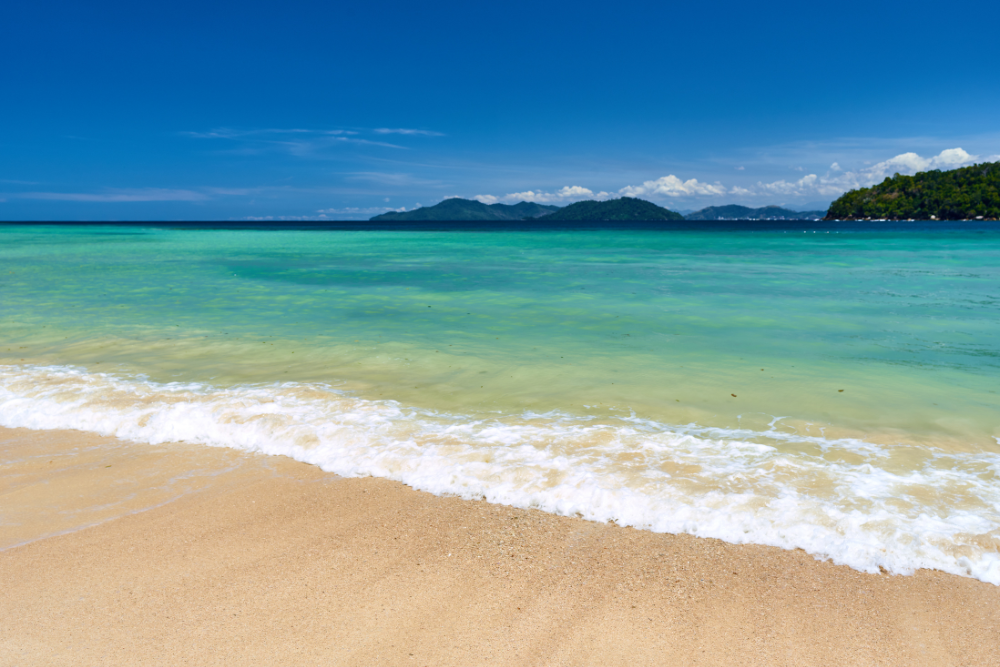
Why Visit: Located just off the coast of Kota Kinabalu, Tunku Abdul Rahman National Park is a beautiful marine park made up of five islands—Gaya, Sapi, Manukan, Mamutik, and Sulug—that are perfect for snorkeling, diving, and relaxation. It’s an ideal place for those looking to explore both terrestrial and marine ecosystems.
Things to Do:
- Snorkeling and Diving: The crystal-clear waters of the park are home to vibrant coral reefs, making it a fantastic destination for both snorkeling and diving. The marine life includes tropical fish, sea turtles, and the occasional reef shark.
- Island Hopping: Each of the park’s five islands offers something different, from relaxing beaches to wildlife watching. Gaya Island, the largest, is great for hiking and birdwatching.
- Water Sports: Kayaking, paddleboarding, and beach volleyball are popular activities on the islands, allowing visitors to fully immerse themselves in the coastal atmosphere.
Best For: Water sports, island hopping, and underwater exploration.
Conclusion: Malaysia’s Rich Natural Heritage
Malaysia’s national parks are an unparalleled showcase of the country’s incredible biodiversity and natural beauty. From the ancient rainforests of Taman Negara to the limestone formations of Gunung Mulu, these parks offer something for every type of traveler, whether you seek adventure, relaxation, or a deeper connection with nature. By visiting these parks, not only will you witness some of the most awe-inspiring landscapes on earth, but you’ll also be contributing to the conservation of these precious ecosystems for generations to come.
So, pack your bags, lace up your hiking boots, and prepare for an unforgettable journey into the heart of Malaysia’s wild wonders!












